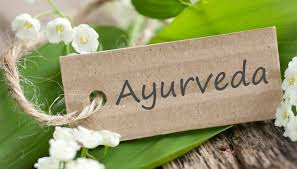In Ayurveda, there are mainly three types of ayurvedic body types—Vata, Pitta & Kapha. The doshas are described as biological energies found throughout the human body and mind.
Energy that controls bodily functions associated with motion, including blood circulation, breathing, blinking, and your heartbeat.
In balance: There is creativity and vitality.
Out of balance: Can produce fear and anxiety.
Energy that controls the body's metabolic systems, including digestion, absorption, nutrition, and your body's temperature.
In balance: Leads to contentment and intelligence.
Out of balance: Can cause ulcers and anger.
Energy that controls growth in the body. It supplies water to all body parts, moisturizes the skin, and maintains the immune system.
In balance: Expressed as love and forgiveness.
Out of balance: Can lead to insecurity and envy.
Sri Sri Ayurveda Panchakarma is a specialty centre of Ayurveda and ancient Indian healing traditions, in Bangalore. Helps you acclimatise to your newfound peace, energy imbalances, physical and emotional well-being, and the energy constitution that establishes your body type.
The 3 Dosha types:
1. Vata Dosha --
Energy that controls bodily functions associated with motion, including blood circulation, breathing, blinking, and your heartbeat.
In balance: There is creativity and vitality.
Out of balance: Can produce fear and anxiety.
2. Pitta Dosha --
Energy that controls the body's metabolic systems, including digestion, absorption, nutrition, and your body's temperature.
In balance: Leads to contentment and intelligence.
Out of balance: Can cause ulcers and anger.
3. Kapha Dosha --
Energy that controls growth in the body. It supplies water to all body parts, moisturizes the skin, and maintains the immune system.
In balance: Expressed as love and forgiveness.
Out of balance: Can lead to insecurity and envy.
Sri Sri Ayurveda Panchakarma is a specialty centre of Ayurveda and ancient Indian healing traditions, in Bangalore. Helps you acclimatise to your newfound peace, energy imbalances, physical and emotional well-being, and the energy constitution that establishes your body type.
